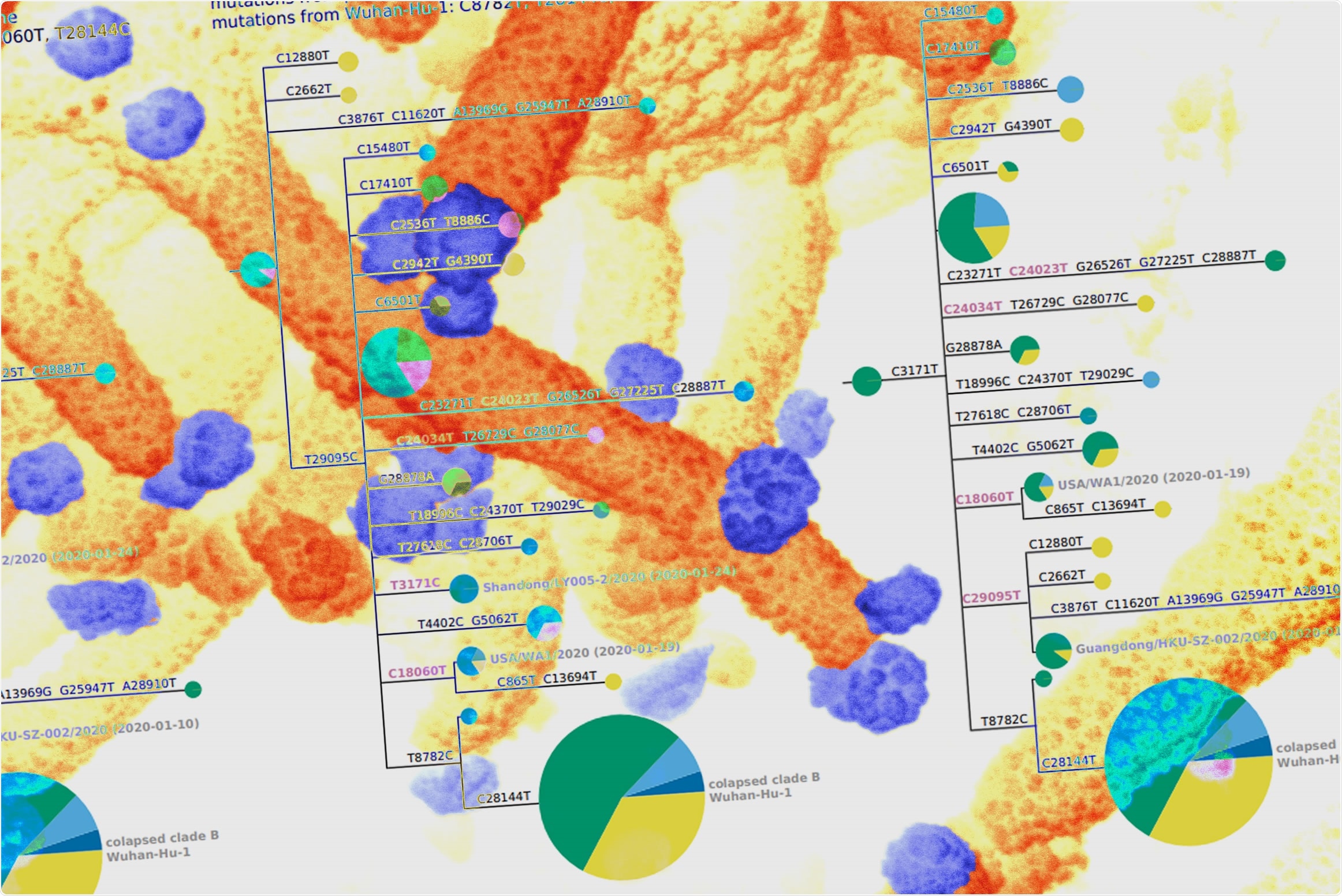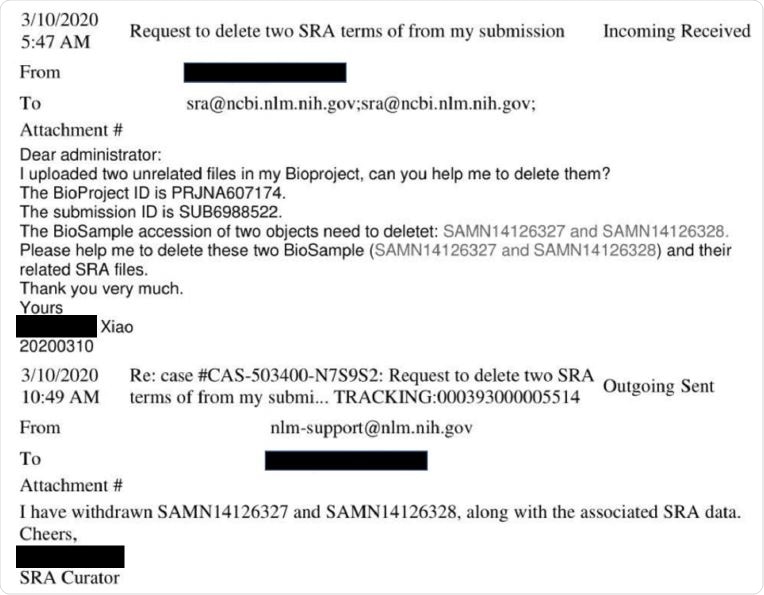Ethane proxies for methane in oil and gas emissions

IMAGE: ONCE THE AMOUNT OF ETHANE EMISSIONS ARE DETERMINED, THE RESEARCHERS COMBINE THAT INFORMATION WITH THE GAS COMPOSITION DATA FROM A PARTICULAR BASIN TO CONVERT THE SOLVED ETHANE EMISSIONS INTO METHANE... view more
CREDIT: ZACHARY BARKLEY, PENN STATE
Measuring ethane in the atmosphere shows that the amounts of methane going into the atmosphere from oil and gas wells and contributing to greenhouse warming is higher than suggested by the U.S. Environmental Protection Agency, according to an international team of scientists who spent three years flying over three areas of the U.S. during all four seasons.
"Ethane is a gas that is related only to certain sources of methane," said Zachary R. Barkley, researcher in meteorology and atmospheric science, Penn State. "Methane, however, is produced by oil, gas and coal fields, but also by cow's digestive systems, wetlands, landfills and manure management. It is difficult to separate out fossil fuel produced and natural methane."
The Atmospheric Carbon and Transport (ACT) America data made it possible to quantify methane emissions from oil, gas and coal sources, because the project measured not only methane, but also ethane. The researchers note that methane identified with ethane can be reliably connected to fossil fuel sources, however, the ratio of ethane to methane does vary with individual sources.
"ACT America was conceived as an effort to improve our ability to diagnose the sources and sinks of global greenhouse gases, to improve the diagnosis," said Kenneth J. Davis, professor of atmospheric and climate science, Penn State. "We wanted to understand how greenhouse gases are moved around by weather systems in the atmosphere. Prior to ACT, there was no data to map out the distribution of gases in weather systems."
From 2017 through 2019, researchers flew data collection missions over three portions of the U.S. -- the central Atlantic states including Pennsylvania, New York, Virginia, West Virginia and Maryland; the central southern states including Arkansas, Louisiana, Texas, Alabama, Oklahoma and Mississippi; and the central midwestern states including Nebraska, South Dakota, Kansas, Minnesota, Iowa, Missouri, Wisconsin, Michigan, Ohio, Indiana and Illinois. The researchers covered all four seasons and tracked how weather systems moved carbon dioxide, methane, ethane and other gases around in the atmosphere.
The researchers are not the first to suggest that estimates of methane are too low, but according to Barkley, they are the first to use ethane solely as a proxy. Ethane, although it will act as a greenhouse gas, only stays in the atmosphere for a few months before breaking down into other compounds, rather than the 10 years that methane remains in the atmosphere. Ethane is more of a problem for air pollution than greenhouse warming.
"We didn't look at any of the methane data at all and we still see the same results as everyone else," he said.
Another difference is that most previous airborne studies looked at small areas, emissions from single sites or fields. ACT-America looked at multistate regions and encompassed over two-thirds of U.S. natural gas production.
"Ethane data consistently exceeds values that would be expected based on (U.S.) EPA Oil and gas leak rate estimates by more than 50%," the researchers report in a recent issue of the Journal of Geophysical Research: Atmospheres. The researchers add that comparing the combined fall, winter and spring ethane emission estimates to an inventory of oil and gas methane emissions, they estimate that the oil and gas methane emissions are larger than EPA inventory values by 48% to 76%.
The researchers used ethane-to-methane ratios from oil and gas production basins for this study.
While carbon dioxide sources and sinks can be found across the Earth's surface, ethane and methane emissions come from specific locations on the ground that are known. Deserts and oceans and upland ecosystems emit little ethane or methane. Active oil and gas fields have high emissions. When estimating trace gas emissions, researchers usually take their first best guess and then run multiple iterations to minimize the difference between observed and simulated atmospheric concentrations of these gases.
Barkley notes that sometimes signals are hard to interpret, but that that is not the case with this study.
"The data are there," said Barkley. "The smaller plume in the model when increased by a factor of two suddenly matches the real time data."
###
Other researchers at Penn State on the project are Sha Feng and Yuyan Chui, assistant research professors of meteorology and atmospheric science.
Additional project members include Alan Fried, senior research associate, Petter Weibring, research associate, Dirk Richter, research associate, and James D. Walega, senior professional research assistant, Institute of Arctic and Alpine Research, University of Colorado, Boulder; Scot M. Miller, assistant professor of environmental health and engineering, Johns Hopkins University; and Anke Roiger, M. Eckl, A. Fiehn and Julian Kostinek, Deutsches Zentrum für Luft- und Raumfahrt, Institut für Physik der Atmosphäre, Oberpfaffenhofen, Germany.
NASA supported this project.







